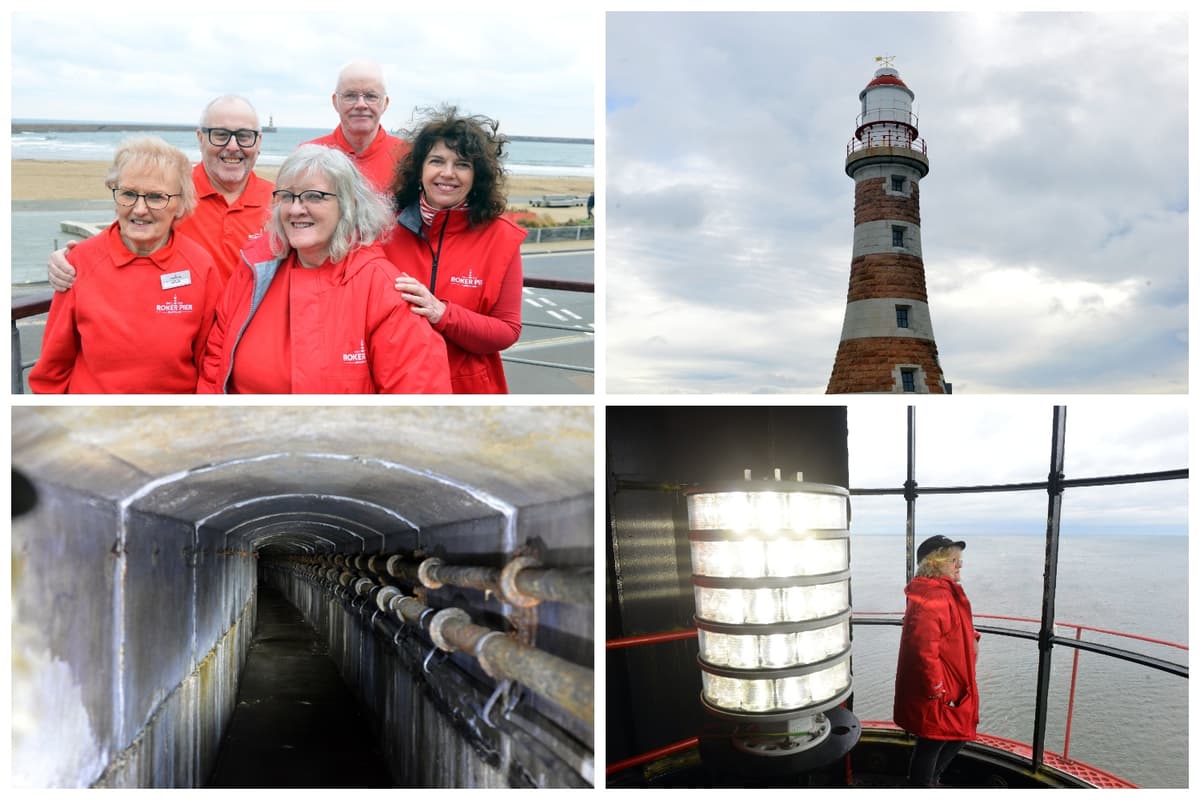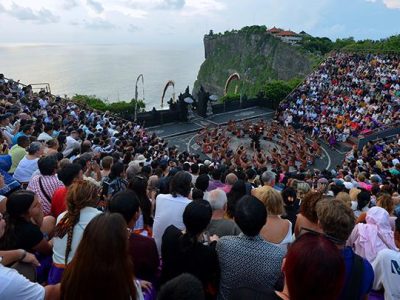Watch more of our videos on ShotsTV.com
and on Freeview 262 or Freely 565
It’s hoped tours of Roker Pier and tunnel will resume this year once repairs to the city landmark are complete.


The tours, which take visitors along the length of the tunnel beneath the pier and up to the impressive lighthouse, are always a popular attraction over the spring, summer months, booking up as soon as dates are released.
However, Roker Heritage Group, who run the tours, had to stop the visitor offering after the historic pier suffered £200,000 worth of damage from Storm Babet in October 2023.
The pier has remained closed since, but in January this year plans to repair the site were given the green light, with work due to start this spring.


Estimated to take around 12 weeks to complete, the majority of the repairs are linked to replacing granite coping stones as well as deck area repairs.
Fortunately, little damage was caused to the tunnel and the interior of the lighthouse and the not-for-profit heritage group, which is operated by a dedicated group of volunteers, are hoping to resume tours later this summer.


Maureen McCartney, from Roker Heritage Group, says the tour team is looking forward to welcoming visitors once more.
“We’ve had people come to the tours from as far afield as Australia – people are always amazed when they take part in them. Fingers crossed, we will have the tours back up and running this year once the repairs are complete,” explained the volunteer.
“The pier was built by Henry Hay Wake who was a Sunderland lad and he became a local hero. People have so much affection for the pier and we’re constantly being asked when we can start the tours again.”
In the meantime, the group is hosting a series of talks over the coming months to give people a taster of what to expect when tours resume.


Painstakingly constructed by 100 men over 18 years from 1885 to 1903, the Grade II-listed pier and lighthouse was a real feat of engineering.
Built at the height of Sunderland’s shipbuilding powers, the Roker lighthouse and pier and its sister New South Pier were created to protect the docks and shipping at this vital harbour.
It was built at a cost of £290,000, equivalent to £32million in today’s money, funded by the mighty River Wear Commissioners (RWC) and it’s testament to their wealth and power that she was so well constructed.
A credit too to the young RWC chief engineer Henry Hay Wake who was tasked with designing the pier and overseeing her construction.


Such was his accomplishment with Roker Pier, that his skills and expertise were much in demand after its construction.
Fascinating tours of the tunnel initially started twice a week over the summer season following the major £2.5million Heritage Lottery Fund-backed restoration scheme in 2018 which brought this hidden gem back to life.
It’s a particularly special job for volunteer Stuart Robson whose great grandfather Ralph Scott was a RWC diver who worked on the pier’s construction.


“I’ve always had an interest in local history and have lots of stories of my great grandfather over the years. He passed away when he was 71, and did his last dive when he was 69. When the pier tunnel was restored and they were looking for tour guides, he was my real inspiration,” said Stuart.
“I feel as though Roker Pier and lighthouse doesn’t get the recognition it deserves, it’s a real triumph of engineering. Neither does Henry Hay Wake. He was a man who was much respected by his men and what he achieved is remarkable, that his design is still standing 120 years later.”


To meet the challenges of constructing Roker Pier, Wake had to design, and in turn patent, a wide range of new machinery and equipment and he moved to Roker Terrace to be as close to the site as possible.
Stuart added: “During the 1970s and 1980s, a lot of councils paid no regard to heritage and old buildings were torn down. But it’s so important to teach future generations about Roker Pier so they know the heritage of Sunderland and that its history isn’t lost.”
Tunnel Tours


When Sunderland City Council began the initial restoration in 2012, the lighthouse was little more than a shell, having been repeatedly vandalised and stripped of many of its original features after the last lighthouse keeper post ended in the 1970s.
Restoration has included conservation of the lantern house, repairs to the tunnel floor and drains and work to improve access. Many of the original features have also been lovingly recreated.
Tours start at the new portal entrance in front of the pier gates.
From there, you descend into the eerie tunnel which sits directly beneath the pier. which once provided the only means for the keeper to reach the lighthouse in stormy weather.
It’s around a half mile walk to the lighthouse, with a host of interesting features along the way, including remnants of the old gas lamps and stones etched with the names of Henry Hay Wake’s children. The father of eight was very proud of the structure and would regularly bring his children on site during construction.
Either side of you, the walls are around 15ft thick and were made of granite-faced blocks, each weighing up to 45 tons. They were constructed in a purpose-built blockyard on the promenade, with The Blockyard still used as a colloquial name for the area today.


You ascend into the old workshop, then up a winding spiral staircase into the impressive engine room with its striking blue-green glazed tiles. The room above is equally impressive with its Brazilian mahogany panelling and parquet flooring, rich detailing which surpasses any other lighthouses nearby.
The lighthouse’s distinctive red and white colouring, though incidentally the colours of SAFC, is due to the colour of the Aberdeen granite. Red and white is a popular colour scheme for lighthouses to make them stand out and, in another ingenious touch by Wake, the natural colours of the alternating stone were chosen so that the lighthouse didn’t need repainting.
On the top floor is the light itself, which is today automatic and still an important navigation aid. Her range of two nautical miles acting as a beacon of Sunderland.










